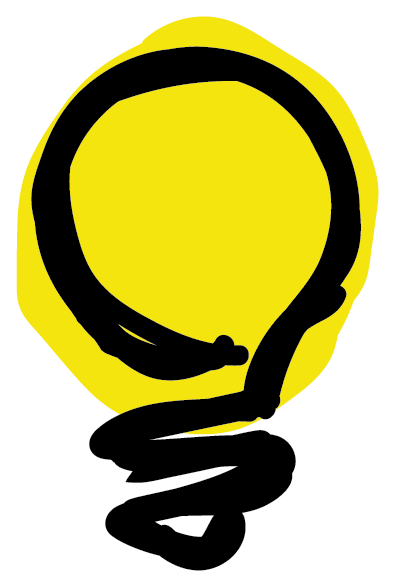Process — 5 Min Read
The Art of Process Books in Design Education
Interviews — 5 Min Read
Modern Art Exhibition at Avada Galerie
Process books stand as testaments to the journey of creativity and exploration embarked upon by designers. These documents not only showcase the evolution of ideas but also provide insights into the intricate thought processes that underpin each design project.
The Significance of Process Books
Process books serve as visual narratives that chronicle the creative journey from inception to fruition. They provide a glimpse into the designer’s mind, revealing the myriad of inspirations, challenges, and breakthroughs encountered along the way. Here’s why process books are indispensable in design education:
Reflection and Documentation
Process books offer designers a platform for reflection, allowing them to document their thoughts, inspirations, and design decisions throughout the project lifecycle. By capturing key insights and observations, designers gain a deeper understanding of their creative process and can identify areas for growth and improvement.
Communication and Evaluation
Process books serve as communication tools, enabling designers to articulate their design rationale and methodologies to professors, peers, and clients. Through clear and concise documentation, designers can effectively convey the evolution of their ideas and solicit valuable feedback for further refinement.
Portfolio Enhancement
Process books play a pivotal role in shaping designers’ portfolios, providing tangible evidence of their creative abilities and problem-solving skills. As integral components of design projects, process books showcase designers’ thought processes and attention to detail, enriching their portfolio presentations and enhancing their professional credibility.
Crafting Effective Process Books
To create impactful process books, adherence to certain best practices is essential. Here’s a guide to crafting process books that are simple, informative, and visually engaging:
- Horizontal Orientation
- Build process books horizontally, providing ample space for content organization and visual clarity.
- Cover Page Essentials
- Include a cover page with essential information, such as:
- Name, Class Code, and Title
- Project Name
- Professor’s Name
- Date
- Include a cover page with essential information, such as:
- Titled and Numbered Pages
- Title and number each page within the process book, facilitating navigation and reference for reviewers.
- Clear and Concise Content
- Avoid overcrowding pages with excessive text or visuals. Keep content concise and focused, allowing reviewers to easily digest and comprehend the information presented.
- Appropriate Sizing
- Size content proportionately to ensure visibility and legibility. Design elements should be scaled appropriately to facilitate comprehension without overwhelming the reader.
- Simple and Clean Design
- Keep process books simple and devoid of fancy design additions or colored backgrounds. Focus on clarity and cleanliness, allowing the content to shine through without distractions.
Examples
IMAGE HERE
Embracing the Journey of Creativity
In the world of design, process books serve as invaluable companions, guiding designers through the labyrinth of creativity and innovation. By embracing the principles of simplicity, clarity, and organization, designers can elevate their process books from mere documentation to compelling narratives that inspire and inform.
Get updates about our next exhibitions
We will process the personal data you have supplied in accordance with our privacy policy.



